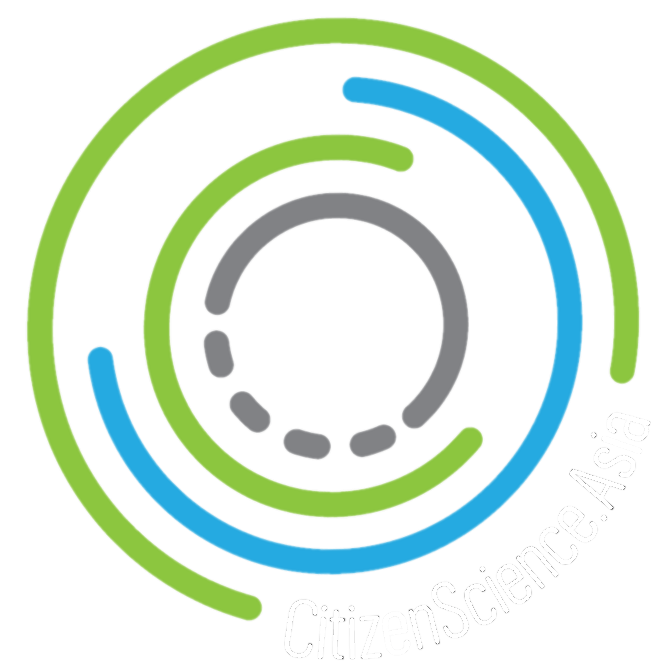
By Serina Rahman
Recent large-scale bio-blitz events generate wide-ranging data on urban landscapes, anchored on the easy availability of smart phones and the accessibility of applications such as iNaturalist. These events generate a lot of awareness and interest in science and conservation and provide huge breadth in the inputs generated simply through the number of eyes on the ground at a time. The skill with which these events are able to use social media and online marketing to attract attention is priceless when it comes to re-branding science and the collection of data as fashionable and fun.
But this is not the only function and form of citizen science. Long before the ability to find, shoot and post was possible, citizen science initiatives around the world (usually in more rural or suburban areas) provided communities with the tools to take ownership of the state of their surrounding natural habitats and derive the language needed to engage with policy-makers and government agencies to protect local flora and fauna. Often this battle for preservation determines the future of their health, lives and livelihoods.

These efforts are dotted across the world; from the celebrated effort in Flint, Michigan where residents sought answers for illnesses related to lead poisoning, to a broad citizen science roadkill reporting system in Europe that provides information for the study of habitat fragmentation and the development of better roads. Less developed nations also have similar efforts. Global bird-monitoring initiatives contribute to efforts to preserve key stopover sites for birds that travel between the global north and south annually. Observers in South America, Asia and Africa are vital to the success of these studies.

The key to these types of citizen science programmes is long-term local monitoring. For many in rural areas, the effort also empowers the community with a voice. In Mukim Tanjung Kupang, a sub-district comprising fishing villages in the south west of Johor, Malaysia, citizen science is the base from which the community is able to engage with developers, government agencies and other stakeholders, giving them not only a language and a voice, but also alternative sources of income and access to opportunities that were once only reserved for those who hold positions of power in the village hierarchy.

Kelab Alami Mukim Tanjung Kupang is a community organisation that was set up in 2009 on the premise of using citizen science tools to teach and engage with local youth so as to instil an understanding of and appreciation for their surrounding marine habitats (coastal mangroves, intertidal mudflats, seagrass meadows and island rocky shore and soft coral fringes). Youth were trained as citizen scientists and used the knowledge gained to earn pocket money as habitat guides for local and international visitors, as well as provided information to adults who were in discussions about development in the area. As changes in the villages escalated, the focus of the organisation shifted to capacity-building to enable the community to participate in the development around them, as well as to strengthen local ecotourism efforts as a source of alternative income in the face of dwindling traditional livelihoods.

Given general stereotypes of the ability of rural communities and their youth, the community would not have been able to effectively engage with parties such as developers, state agencies and the local government if they were not trained in citizen science. Their experience, knowledge and data gave them the language and credibility needed to successfully convince multiple stakeholders of the importance of their natural habitats and the need to mitigate damage, if not conserve areas entirely.

Anchored by youth who implement its programs and led by a local champion, Kelab Alami has been able to earn access to opportunities that usually bypass local people, allowing them to take up jobs in new fields or earn supplementary incomes through entrepreneurship or tourism.
At the same time, Kelab Alami youth continued their documentation and monitoring of local natural habitats and fishing traditions with a view to setting up a Nature & Heritage Centre to showcase their holistic combination of science and local knowledge. They adapted skills learnt from citizen science tools into community-led research on local charismatic species such as dugongs and otters, garnering long-term financial support from the state port authority. Their knowledge is also transformed into environmental education content used in schools and for public education.
Within a decade, the organisation has been recognized by the state education department as a local sustainability expert, received special mention in the state’s Sustainability Policy and is working towards community management of local natural resources and habitats. While citizen science provided the baseline data to feed into these efforts, it was also the base from which the community was able to help itself in the face of change.
![]()
Using Citizen Science for Community Empowerment and beyond: The Case of Kelab Alami was originally published in The CitizenScience.Asia Journal on Medium, where people are continuing the conversation by highlighting and responding to this story.




